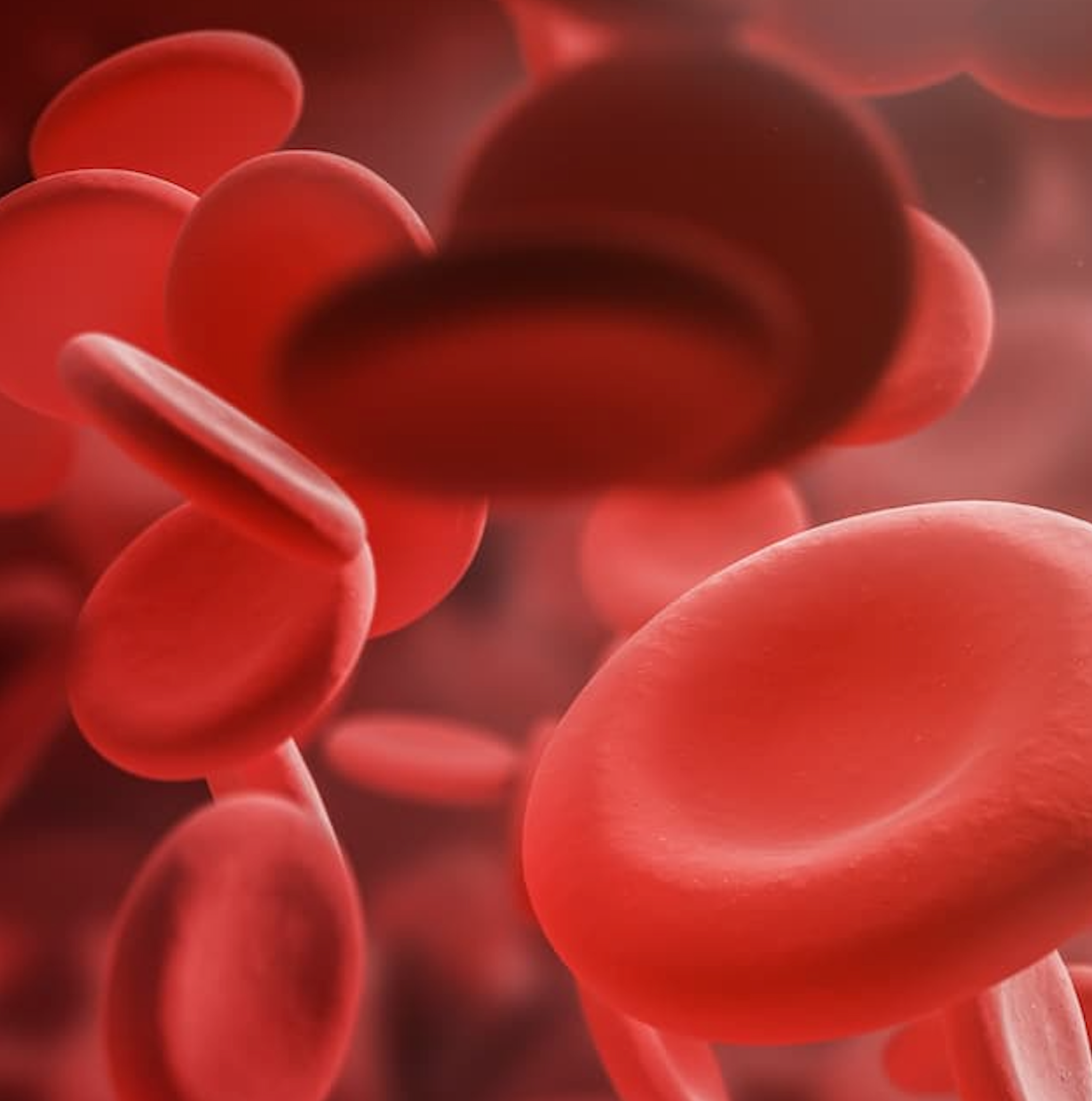Eltrombopag Demonstrates Safety, Efficacy in Patients with Severe Aplastic Anemia
Research demonstrates eltrombopag is a safe and effective treatment option for patients with refractory or relapsed severe aplastic anemia, with 70% of patients achieving hematologic response at week 26.
Credit: Adobe Stock/ImageFlow

Treatment with eltrombopag was deemed effective and safe in a cohort of Chinese patients with refractory or relapsed severe aplastic anemia (SAA), according to a study published in Scientific Reports.1 Results are particularly important as there is currently no standard of care besides transfusion support and infection treatment for patients with SAA and insufficient response to first-line treatment with hematopoietic stem cell transplantation or immunosuppressive therapy.
SAA, a rare and life-threatening bone marrow disorder, is categorized by pancytopenia and hypocellular bone marrow. The incidence of the condition is 3 times more prevalent in East Asian countries when compared with Western countries, with annual incidence reported as 7.4 per million, and is characterized by a bimodal distribution curve.2
“Evidence suggests that, even with support, a number of patients with refractory or relapsed SAA will die within 5 years of diagnosis,” wrote a group of international investigators. “As such, there is a high unmet need for an effective and well-tolerated treatment regimen in these patients.”
The non-randomized, open-label, single-arm, multicenter, phase 2 trial enrolled 20 adult Chinese patients with refractory or relapsed SAA. All patients received 25 mg/d of eltrombopag at baseline, which increased by 25 mg/d every 2 weeks, according to the individual’s platelet count, up to the maximum dose of 150 mg/d.
The primary endpoint was hematologic response at week 26, defined as the proportion of patients who achieved any of the International Working Group criteria for changes in platelet count, hemoglobin level, or neutrophil count. Additional endpoints included hematologic response rates at weeks 13 and 52, duration of hematologic response, time to hematologic response, as well as safety outcomes, changes in transfusion need, and the rate of clonal evolution.
Of the 20 patients initially included in the study, most (85%, n = 17/20) completed the 26-week treatment period. The 15% of patients who discontinued the drug were considered nonresponders. The median age of patients was 37.5 years and most (75%, n = 15/20) were male. The median duration of exposure to eltrombopag during the study period was 258.5 days and the median daily dose was 122.8 mg/d. Most (75%, n = 15/20) patients ultimately received the maximum dose of 150 mg/d.
At week 26, hematologic response was reported in 70% (n = 14/20) of patients. Of these patients, 50% (n = 7/14) had bi-lineage response, 36% (n = 5/14) had uni-lineage response, and 14% (n = 2/14) had tri-lineage response.
Hematologic response at week 13 was met in 65% (n = 13/20) of patients, of which 61% (n = 8/13) had uni-lineage response and 31% (n = 4/13) achieved bi-lineage response. Reduced red blood cell and platelet transfusion was observed in 57% (n = 8/14) and 80% (n = 8/10) of patients, respectively.
Adverse events were reported in 95% (n = 19/20) of patients, most of which (70%, n = 14/20) were related to treatment. Three (15%) patients experienced a grade ≥3 treatment-related adverse event. The most common adverse events were respiratory tract infection (30%), increase in blood creatinine levels (25%), and hyperuricemia (25%), which were consistent with previous findings. No new safety signals were observed, and no patients discontinued treatment due to safety concerns.
Investigators noted the study was limited by the small number of subjects; however, it is the first prospective study to evaluate the efficacy and safety of eltrombopag in this patient population.
“These findings are promising and highlight the potential therapeutic benefit of eltrombopag in this specific population with high unmet need,” investigators concluded.
References
- Chang H, He G, Fu R, et al. Efficacy and safety of eltrombopag in Chinese patients with refractory or relapsed severe aplastic anemia. Sci Rep. 2023;13(1):18955. Published 2023 Nov 2. doi:10.1038/s41598-023-45607-0
- Red Blood Cell Disease Group-Chinese Society of Hematology-Chinese Medical Association. Chinese expert consensus on the diagnosis and treatment of aplastic anemia (2017). Zhonghua Xue Ye Xue Za Zhi 38(1), 1–5. https://doi.org/10.3760/cma.j.issn.0253-2727.2017.01.001 (2017)